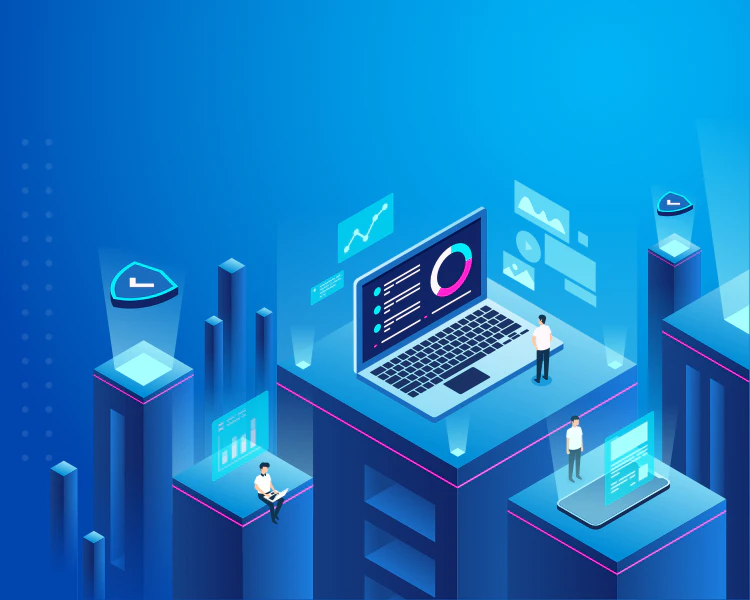
Introduction
In today’s rapidly evolving digital landscape, businesses must adapt and modernize their applications to stay competitive and drive growth. Application modernization refers to the process of updating, upgrading, or transforming existing software applications to leverage the latest technologies, improve performance, enhance user experience, and deliver greater business value. In this blog, we will explore how application modernization maximizes return on investment (ROI) and enables organizations to unlock the full potential of their technology investments.
- Enhanced User Experience
In today’s digital age, user experience is paramount. Outdated applications can be slow, cumbersome, and lack the intuitive interfaces that users have come to expect. Application modernization focuses on improving the user experience by leveraging modern design principles, responsive interfaces, and seamless interactions.
By enhancing user experience, organizations can increase user adoption, improve customer satisfaction, and drive customer loyalty. Modern applications with intuitive interfaces and user-friendly features enable users to accomplish tasks more efficiently, leading to increased productivity and positive brand experiences.
- Improved Performance and Scalability
Legacy applications often struggle to handle growing data volumes, increased user demands, and evolving business needs. Application modernization addresses these challenges by optimizing performance and scalability.
Modernization efforts may involve rearchitecting applications to leverage cloud infrastructure, adopting microservices architecture, or implementing containerization. These approaches enhance scalability and enable applications to handle increased workloads and user demands effectively. By improving performance and scalability, organizations can meet customer expectations, handle peak loads, and scale their operations without significant disruptions.
- Cost Savings and Efficiency
Outdated applications can be costly to maintain and operate. They may require extensive hardware resources, specialized skills, and manual processes. Application modernization introduces cost-saving opportunities and operational efficiencies.
Modernizing applications often involves migrating them to cloud platforms or adopting software-as-a-service (SaaS) solutions. These approaches reduce infrastructure costs, eliminate the need for hardware upgrades, and provide organizations with greater flexibility and scalability. Additionally, modern applications are typically easier to maintain, requiring fewer resources and less manual intervention, resulting in reduced operational costs over time.
- Increased Agility and Innovation
Businesses need to respond quickly to changing market dynamics and customer demands. Legacy applications, built on outdated technologies, can hinder agility and innovation. Application modernization enables organizations to adapt rapidly and embrace innovation.
Modernized applications are designed with flexibility and modularity in mind. They can easily integrate with other systems, leverage APIs, and accommodate new functionalities. This flexibility allows organizations to introduce new features, integrate emerging technologies, and stay ahead of the competition. By fostering agility and innovation, application modernization helps organizations capitalize on new opportunities and drive business growth.
- Data-Driven Insights and Decision-Making
Data is a strategic asset for businesses today. Modernized applications can leverage advanced analytics, machine learning, and artificial intelligence to unlock valuable insights from data. By incorporating data-driven capabilities, organizations can make informed decisions, optimize processes, and gain a competitive edge.
Modern applications can collect, process, and analyze vast amounts of data in real-time, enabling organizations to uncover patterns, trends, and opportunities. These insights empower businesses to personalize customer experiences, improve operational efficiency, and identify new revenue streams.
Conclusion
Application modernization is not just a technology upgrade; it is a strategic investment that drives business value and maximizes ROI. By enhancing user experience, improving performance and scalability, reducing costs, fostering agility and innovation, and enabling data-driven insights, organizations can unlock the full potential of their applications and stay ahead in today’s digital landscape.
Embracing application modernization allows businesses to future-proof their applications, adapt to changing market dynamics, and deliver exceptional customer experiences. It is a transformative journey that paves the way for sustained growth, improved operational
efficiency, and a competitive advantage in the marketplace.
